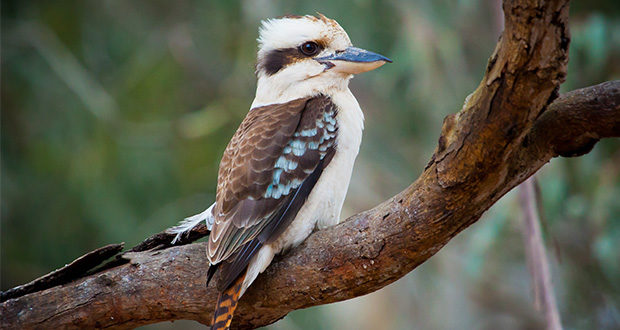The fulfilment of having a pet doesn't necessarily mean owning a cat or dog, a new survey has found.
Four scientists surveyed over 100 community-dwelling people aged 50 and 92 to define the value of pets and wildlife in their day-to-day lives.
Aged Care Insite spoke with lead researcher and PhD candidate Kelli Dendle, who found that "older adults appear to develop a similar bond with native wildlife as they do with domestic companion animals".
"Pets can provide companionship, structure and meaning in daily life, reducing loneliness by filling the emptiness in the house with unconditional love.
"However, there are lots of potential ways to have pets aside from cats or dogs."
While 61 per cent of Australian households own a pet, only 11 per cent of owners are over 65.
Taking care of a pet can be physically and emotionally demanding, so older people often decide not to have one though they might have had pets their whole life.
Dendle suggests that we think outside the box about what 'owning a pet' means.
"We talked to people who were really engaged with their wildlife saying, 'I don't have a pet, except for the lizard that appears on the veranda every time we have coffee'.
"Interactions with wild and native Australian animals gave many older people a way to connect with animals, without the labour and commitment of ownership," she says.
"The local wildlife they regularly interacted with fulfilled similar needs in their life."
Most of our wildlife is endemic – 84 per cent of mammal species, 93 per cent of reptiles and 45 per cent of birds are only found in Australia.
Encountering kangaroos and kookaburras in the garden can be supportive and valuable for older people's mental health.
"The natural non-human environments that people could see, hear and interact with provided a sense of belonging, whether vast areas of bushland, small pockets of native plants, a backyard garden or a local public green space," Dendle says.
"It might be something as simple as planting flowers and trees that bring the lorikeets in."
Dendle says nature and wildlife are also important for older people in residential aged care homes who might lack the cognitive or physical capacity to engage.
"When interacting is not an option; creating an environment with greenery and welcoming a space for wildlife has a lot of potential in itself.
"They enjoyed watching migrating birds. Older people were just watching the world as it goes on with the flow of life, and they were a part of it."
Do you have an idea for a story?Email [email protected]
 Aged Care Insite Australia's number one aged care news source
Aged Care Insite Australia's number one aged care news source

